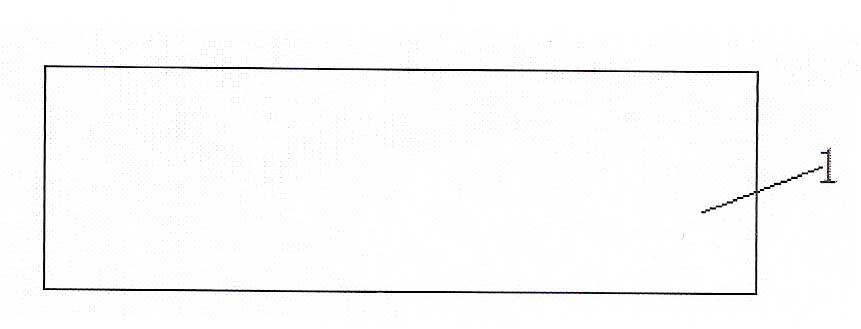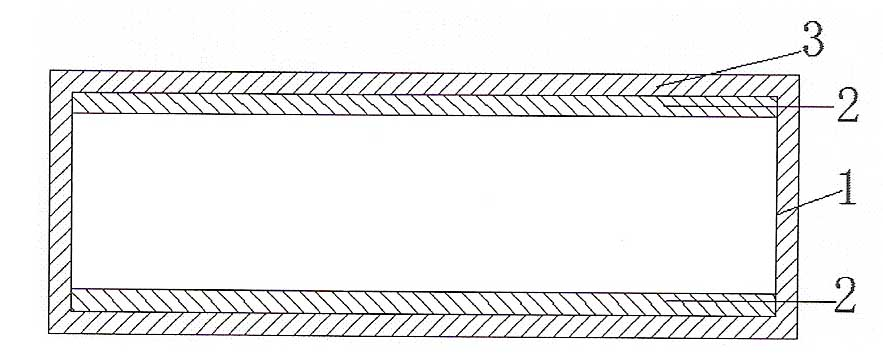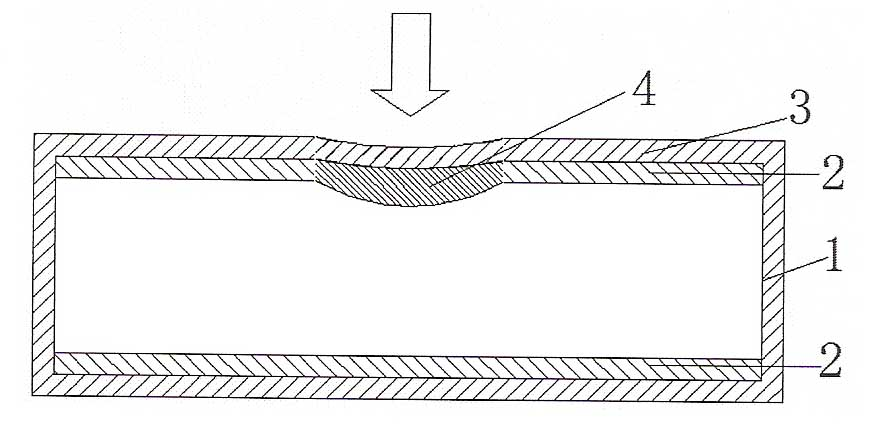Method for manufacturing selective emitter solar cell from local laser melting phosphorosilicate glass
A technology of phospho-silicate glass and laser melting, applied in laser welding equipment, circuits, electrical components, etc., can solve the problems of open circuit voltage, short-circuit current drop, and affecting battery performance, etc. simple effect
- Summary
- Abstract
- Description
- Claims
- Application Information
AI Technical Summary
Problems solved by technology
Method used
Image
Examples
Embodiment Construction
[0029] reference figure 1 , The first step is to clean the wafer 1, remove the surface damage layer, and texture the surface: for single crystals, use 5% NaOH alkaline solution for pyramid texturing; for polycrystalline, use 1:5 (weight ratio) hydrogen The aqueous solution of hydrofluoric acid and nitric acid is isotropic texturing.
[0030] reference figure 2 In the second step, a tube furnace is used for phosphorus diffusion (or in-line diffusion method) to form an n-type layer 2 with a square resistance of 80Ω / □. At the same time, 80nm thick phosphosilicate glass 3 is formed on the surface. The phosphorus in the phosphosilicate glass The content is adjusted by the amount of phosphorus source introduced during the diffusion process, and the thickness of the phosphosilicate glass is adjusted by the amount of oxygen introduced during the diffusion process;
[0031] reference image 3 , The third step is to use the Q switch Nd:YVO 4 The 532nm wavelength laser scans the thermally ...
PUM
| Property | Measurement | Unit |
|---|---|---|
| Thickness | aaaaa | aaaaa |
Abstract
Description
Claims
Application Information
 Login to View More
Login to View More - R&D
- Intellectual Property
- Life Sciences
- Materials
- Tech Scout
- Unparalleled Data Quality
- Higher Quality Content
- 60% Fewer Hallucinations
Browse by: Latest US Patents, China's latest patents, Technical Efficacy Thesaurus, Application Domain, Technology Topic, Popular Technical Reports.
© 2025 PatSnap. All rights reserved.Legal|Privacy policy|Modern Slavery Act Transparency Statement|Sitemap|About US| Contact US: help@patsnap.com



